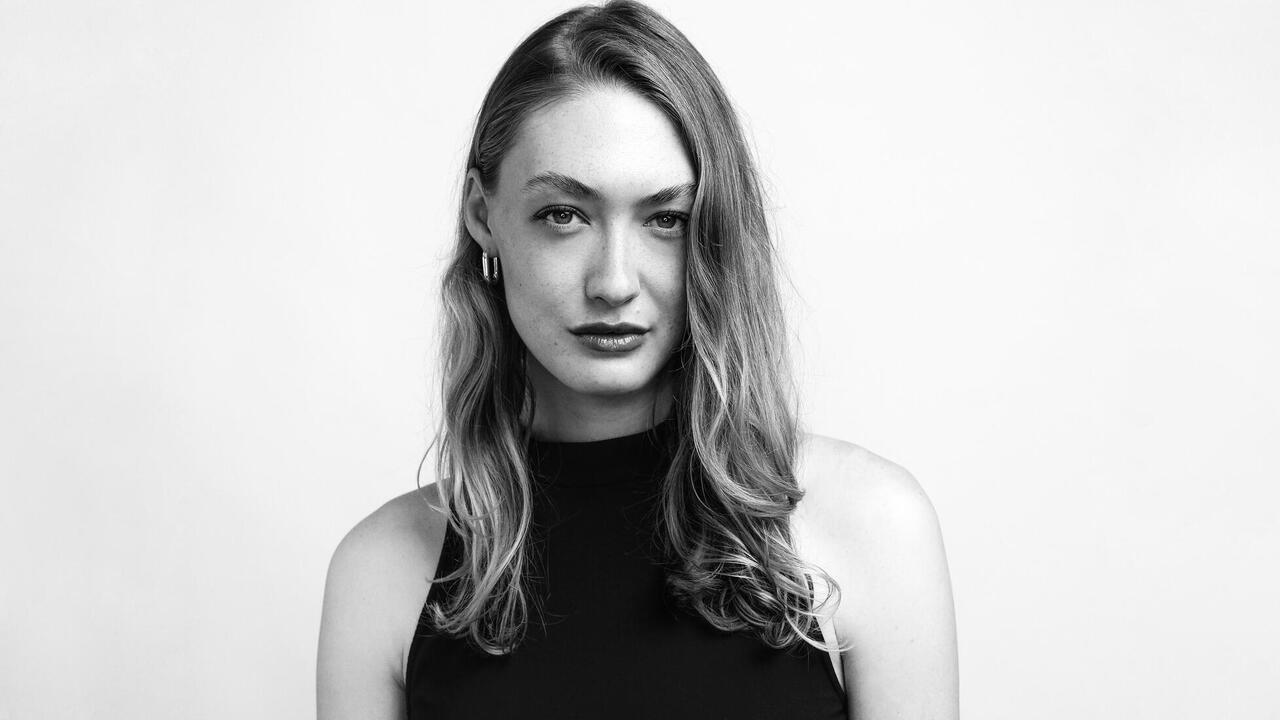Artists' Artists – Philippe Parreno
The French artist shares his interest in Francis Picabia’s signature
The French artist shares his interest in Francis Picabia’s signature

Francis Picabia’s oeuvre sparkles and blazes with intermittent flashes. It is striking in its generosity, its speed and its concatenations. There’s a sense here of fun but, still, it’s fatal. It’s as if the work has been directed to play a game in which the rules are continually changing. Picabia’s work is always moving; it doesn’t know how to stop. This illusion of inconsistency is beautiful; Picabia had the ability to transform a gesture into a refrain. Like all the best players, he was unpredictable. Poetry, theatre, collage and painting: Picabia constantly changed his format, appropriating motifs and media. The sense of freedom he felt to constantly rebuild was magnificent.
A polyphonic writer, Picabia was not one artist; he was 40. When he couldn’t co-operate with art, he invented it: he imagined works that didn’t exist. His oeuvre was the result of myriad relationships. It didn’t amass, it measured the world via its co-operations: an agency of subjective forces. There is a piece of paper upon which is written ‘Francis Picabia’: it is also his signature. This image is a fantastic, biographical note. The artist gives his name as though it is that of a character — someone who he has created — and his gesture embodies everything an artist seeks to embody. The author is dead, but not the character. Perhaps, one day, someone else will sign their name as Picabia. Authorship isn’t a right; it’s a discursive notion.
Main image: Photograph of Francis Picabia’s signature, 1935, photographer unknown. Courtesy: Comité Picabia, Paris
























